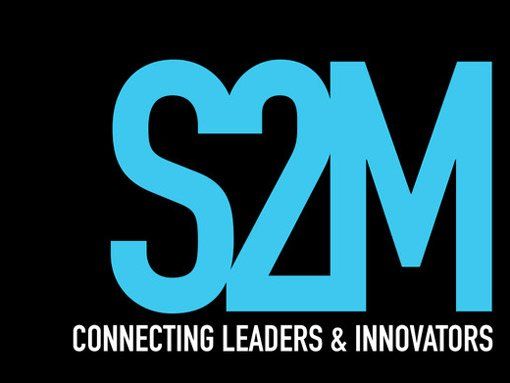How to combine Digital and Traditional Marketing
Companies nowadays are being faced with the increasingly prevalent issue of Digital Marketing campaigns being significantly different, or even working completely out of sync to each other. I’ve recently seen the increasing trend of companies who launch campaigns with traditional channels and digital channels, but have been unable to capitalise on linking between the two. You wouldn’t use your left hand in isolation of your right hand, so why do it in marketing?
Here are 3 ways that companies can link their traditional marketing campaigns to digital ones, and vice versa, to maximise consumer engagement and ROI.
1. Virtual and Augmented Reality
Digital marketing has barely scratched the surface of the potential for virtual and augmented reality in marketing campaigns. Due to the very nature of the audience being completely engaged in the augmented reality, it’s very easy to produce new and exciting ways for marketers to reach their audience.
Many of the elements of traditional marketing can be used in virtual and augmented reality projects. As an audience member engages with the environment, at one point or another they can be immersed in one large advertisement, that takes on physical attributes. Of course, this combines perfectly with the digital aspects of marketing in both analytics and creating the campaign to begin with.
2. Geolocation
As we all know, the location of advertisements matters. A lot. So while this is important to note, it’s another thing entirely to be able to analyse the specifics of the audience that is viewing your advertisement.
Geolocation marketing is the perfect intersection of traditional and digital marketing. The way it works is by taking the location data of a device, and providing that in an interactive map. For instance, with a traditional billboard that is set up in a location, a geofence may be set up to determine where the people that have seen your billboard are heading. If they happen to end up viewing the advertisement, and later down the track find themselves acting on the billboard, we can measure the ROI of the campaign in its purest form i.e. viewing an advertisement, and then buying the product.
This type of technology is in its infancy, and of course the ethical boundaries are being pushed with its increasing prevalence in marketing. All we know at this point is that it is at the leading edge of traditional and digital marketing.
3. Segmentation via Social
One of the more increasingly popular aspects of digital marketing is the use of pre-determined marketing segments taken from social media platforms such as Facebook, Twitter and Instagram. Segmentation has long been a challenge for marketers, with traditional marketing using the traditional view of segmentation based on age, occupation etc. Social media has allowed us to segment markets based on user interests and “likes”. The growth of the like button has become a quiet revolution over the years, as social media platforms have used it to increasingly determine the fate of the products that are advertised.
Ultimately, whether you work in traditional marketing, or are in the digital marketing space, it’s important to recognise the importance of digital links to a traditional campaign, and traditional roots in a digital campaign. With the ability to combine campaigns comes a whole new world of possibilities.






